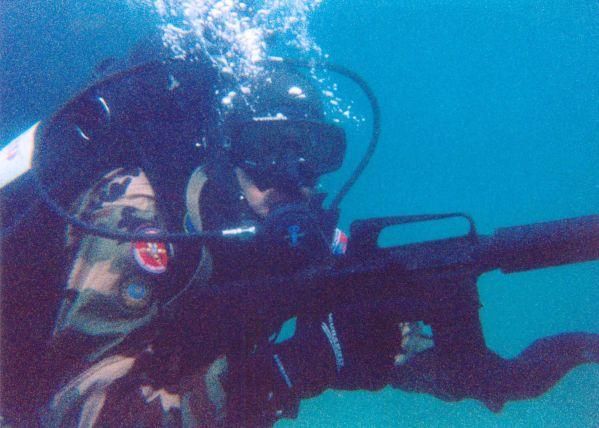As a British soldier who has served with Commandos, I was wondering if any one else has knowledge of their own countries commandos?
The name originally came from the Boer war in Africa, and was later used to describe men who took on desparate missions in WW2, but what have these men become now?
Any history and/or modern detail welcomed. I am putting together a bit of package on the British commandos now.
Has anyone else completed a commando course, in any nation?
Hopefully Erwin will be able to add to this debate about his time with the “Green Hand” commandos of Argentina who he was with for a brief time.
For now the following is the capbadge of the present day Royal Marines and the qualification badge for the “All Arms Commando” worn by Army personnel who have passed the gruelling 8 week commando training given to all British commandos.

RM Capbadge


RM shoulder titles.

Royal Navy Commando shoulder titles. The RN serve as Medics, Chaplins, Pilots and in Artillery roles.
Shoulder badge worn on left shoulder, above all others, by Army personel who have completed the commando course.
All those who pass the Commando course, whether in the Royal Marines or other service are entitled to replace their regimental headress with the famed Green Beret of the the Royal Marines Commando.

 .
.


.jpg)












